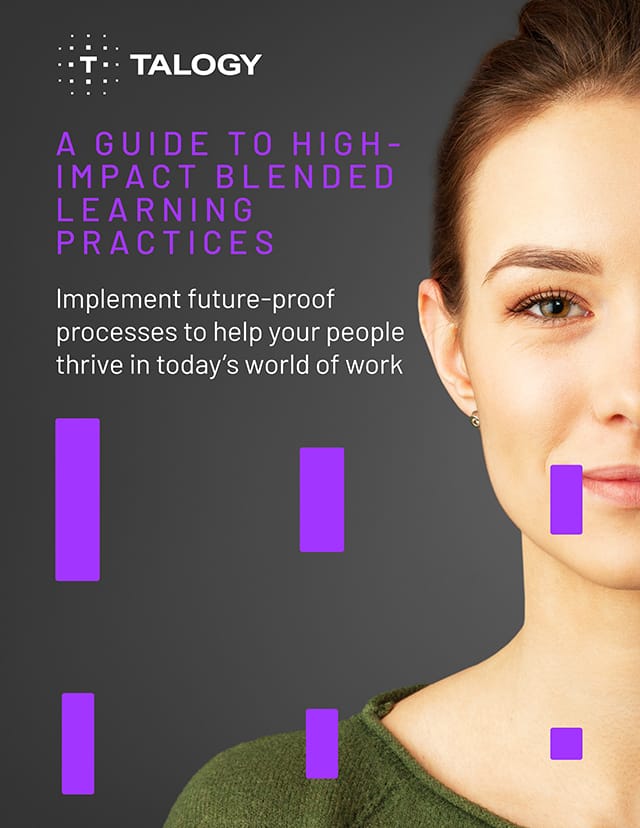Written by Theresa Sheets, Manager, Learning and Development
Active learning is, simply, whatever can involve learners in doing things, and then thinking about the things they are doing (Bonwell & Eison, 1991). This thirty-year-old concept for a highly engaging instructional technique grew out of advancements in adult, cognitive, and educational research and is utilized today in nearly every type of education and training setting.
Seen as a key component of rich learning environments, the active learning approach empowers participants in their ability to think through, investigate, discuss, create, and solve for problems, plus so much more. The benefits of the active learning style have been consistently proven over the years.
The pandemic inspired a new appreciation for this instructional strategy and its value when nearly all instruction transitioned online. Virtual classroom enrollments spiked 88% in 2020, and increased an additional 32% the following year, bringing educators and trainers across the board into agreement about it being an effective solution for learner engagement techniques (World Economic Forum, 2022).
Benefits to including active learning in employee development plans
1. Active learning aligns to adults’ assumptions about learning.
This is great news for employers who can utilize a tried-and-true framework (Glancy, 2021) and be creative in building employee development programs. Adult learners embrace being a part of the learning process by integrating their individual motivations, experiences, and personal or professional needs which center around problems they define and decide they are ready to solve.
Most importantly, active learning provides room for self-direction throughout the process according to participants’ interests and preferences for exploring, absorbing, and comprehending. This connection makes learning meaningful and applicable to the individual employee’s development journey.
2. Active learning raises engagement in both face-to-face and virtual employee development.
Research proves employee development is enhanced through online tools, such as video conferencing platforms and gamification systems which use interactive game-like situations to reflect typical work activities. Columbia University emphasized the significance of learners’ involvement in doing and thinking about what they are doing. This can include everything from encountering new ideas by watching videos or screensharing a virtual presentation to engaging with information and ideas through breakout room discussions or shared online documents (Center for Teaching and Learning, 2022).
For employers, higher engagement during both virtual and in-person development programs translates to higher productivity and retention. There are other positive influences which show up throughout the organization’s culture and desired outcomes such as improved critical and innovative thinking and active problem-solving (Continu, 2021).
3. Active learning is inclusive.
The flexibility of active learning for education and training puts it in the category of inclusive instructional strategies, which seeks to serve the needs of each and every learner. With all voices included in the conversation, participants’ involvement in the learning process is enriched by removing any reservations about what they are doing when other diverse perspectives are heard.
An inclusive culture is a game-changer for both employees and the organization. An ‘all in’ learning and development environment brings everyone’s experiences, insights, and ideas together, stimulates discussion, and inspires individual and collaborative discovery, exploration, ideation, creation, and reflection.
Organizations see culture and perspective shifts that transfer to the workplace when they make employee development opportunities more dynamic by foregoing the traditional lecture style. Inclusive active learning can incorporate components like role playing, case studies, Think-Pair-Share discussions, game-based learning, knowledge acquisition through podcasts, conversations on critical topics, and more (Yale, 2022).
Learn more about how to include active learning in your future employee development plans here.


